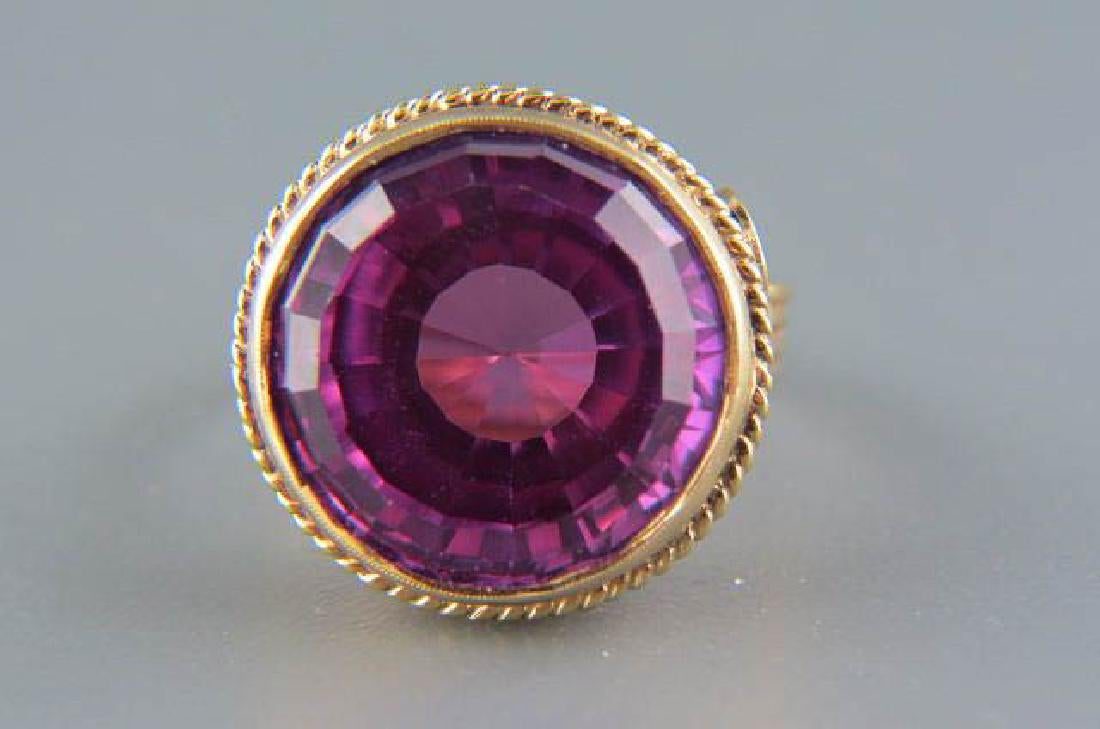The Impact of Lab-Grown Stones on the Gem Market
Lab-grown stones have the potential to disrupt the gem market. Learn how they can affect supply and demand and whether synthetics make good investments.
2 Minute Read
Lab-Grown Stones and Supply
Whether under the ground or in a laboratory, crystal gemstones develop or “grow” when the right combinations of minerals interact under specific chemical and physical conditions. Of course, the chief advantages of creating gems in a laboratory (from the manufacturer’s perspective) are time and financial savings. In a lab, manufacturers can control and even accelerate chemical and physical processes as well as combine minerals that occur rarely in nature. In effect, labs can create gemstones that are difficult or expensive to mine.
This means that the supply of high-quality gems in the market is increasing. In other words, investors might find a 5-ct sapphire with that perfect cornflower blue hue more easily than before. That is, of course, as long as their buyers are willing to purchase a lab-created stone.
Lab-Grown Stones and Demand
At the time of writing, the markets for lab-grown and natural gemstones are still bifurcated. What does this mean? If you’re selling a lab-grown gemstone, your stone may be marked as a “lab sapphire.” On the other hand, any natural sapphires you sell will be labeled as “natural.”
Many consumers still insist on natural gemstones. However, this is changing quickly, especially…
International Gem Society
Related Articles
Report Card for the Best Engagement Ring Insurance in 2024
Does Homeowners Insurance Cover Gems and Jewelry?
Gemstone Certificates
How to Prepare for Gemstone Negotiations
Latest Articles
Celebrity Engagement Rings
Ruby and Sapphire Grading Tools
Cerussite Value, Price, and Jewelry Information
Ouro Verde Quartz: History and Treatment
Never Stop Learning
When you join the IGS community, you get trusted diamond & gemstone information when you need it.
Get Gemology Insights
Get started with the International Gem Society’s free guide to gemstone identification. Join our weekly newsletter & get a free copy of the Gem ID Checklist!
